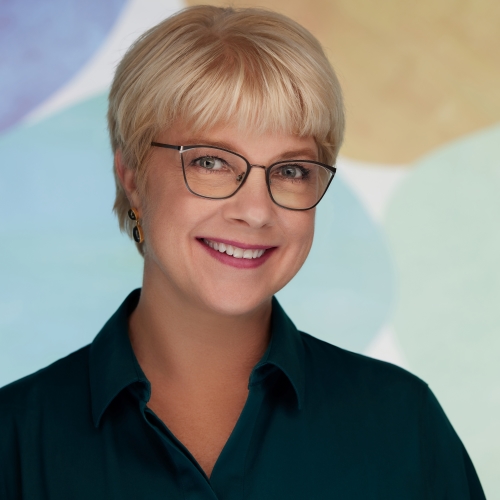The Economy: Where It’s Been and Where It’s Going

A letter from Elizabeth Cromwell, President and CEO of the Charlottesville Regional Chamber of Commerce, published in albemarle magazine, April-May 2022.
The Chamber has built a productive relationship with the Federal Reserve Bank of Richmond and facilitates dialogue between the Fed and the “boots on the ground” local businesses in Charlottesville and Albemarle County. Local companies can tap into specific data and trends through the numerous presentations provided by the Fed. More importantly, the Fed’s economists better understand the data when they meet our local business leaders for whom the information is playing out in “real life.”
Renee Haltom has joined us for numerous Chamber gatherings and is a great listener and a compelling speaker, making economic data both understandable and fascinating. She has agreed to share some current thoughts on the economy.
As a deep subject matter expert, Renee is an incredibly valuable resource for Chamber members. We are grateful for her ongoing collaboration with us.


The Economy: Where It’s Been and Where It’s Going
Renee Haltom, Vice President and Regional Executive, The Federal Reserve Bank of Richmond
At the Federal Reserve Bank of Richmond, where I’m an economist, our job is to support a healthy economy. Here’s what we’ve been seeing in the economy and where I think we’re going.
The economy has come a long way since March 2020. After losing 22 million jobs in March and April of that year, as of January we’re down just 2.9 million jobs compared to before the pandemic. Moreover, after the largest one-quarter decline in GDP in history, our economy is now producing above pre-Covid levels and most forecasters expect that strong growth to continue, fueled largely by strong consumer demand.
But a number of challenges for the economy remain. More than 8 million workers fled the labor force in the depths of Covid and around 900 thousand still haven’t returned, and on top of that, many more are calling in sick due to having Covid or caring for someone with it. There are significant disparities by race and education, with women of color and less-educated people most affected. And while aggregate statistics may recover, Covid left many families in significant hardship, not to mention the profound personal and mental health tolls left by the pandemic. In-person sectors also have recovered less than sectors that could support remote work. Richmond Fed business contacts have told me that they struggle to find qualified workers. Many are unable to meet demand and turning away customers as a result.
Adding to business woes, supply chains are still significantly disrupted. Partly it’s that Covid shutdowns continue to challenge production, but perhaps even more important is that demand for goods surged in Covid—as we were all locked in our homes and unable to spend on vacations and restaurants—and businesses simply struggled to meet it. At the same time, households are sitting on extra savings, buoyed by lots of fiscal support and the simple fact that many didn’t spend as much in the worst days of Covid, which is keeping demand for goods strong.
And in any economic model I know of, when demand exceeds supply, that’s a recipe for inflation. The Fed’s favorite inflation measure, the Personal Consumption Expenditures Price Index, surged 6% on an annual basis in January. The inflation seemed to become more broad-based: Instead of being confined mostly to pandemic-sensitive areas like used cars (affected by the microchip shortage) and travel (rebounding from rock-bottom levels in Covid), the “everything else” category of inflation has grown larger.
Where does all this leave the economy in 2022? To an extent, containing inflation will depend on bringing supply and demand back into balance. That could happen if supply chain disruptions alleviate and businesses invest in new capacity, as many are doing. Most businesses expect supply chains to continue improving, albeit not as quickly as they would like. On the demand side, the Fed remains committed to fighting inflation. After many years of rock-bottom interest rates, the Fed has signaled that rates are likely to rise this year, and the Fed’s policymakers expect inflation to come back down. A more uncertain question is what becomes of labor force participation: It’s not obvious that all those workers (especially retirees) we lost in Covid will return to the workforce, so what will businesses do in their place—investing in automation, raising wages, or more—to help supply meet demand?
The economy is strong, though with lots of uncertainty in 2022. To help us stay on top of these questions and more, we spend significant time on the ground talking to business and community leaders to learn what they’re seeing. If you’re a business owner or manager or a community leader, I hope you’ll join this effort—just contact me at renee.haltom@rich.frb.org.
The Federal Reserve Bank of Richmond
richmondfed.org
We thank albemarle magazine for supporting the Chamber through our Partners in Trust program.
